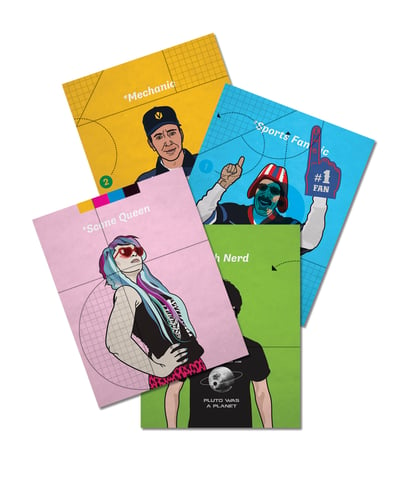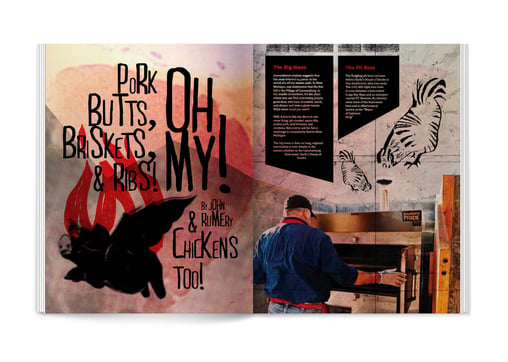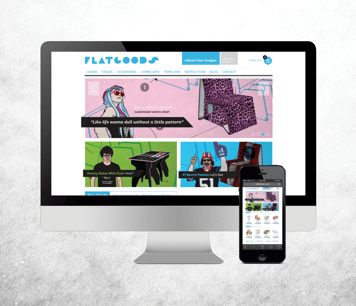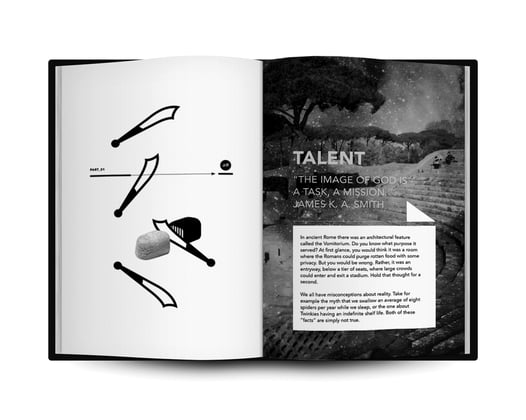The first few seconds are the most crucial in capturing your audience’s attention. Within that short amount of time, your audience will decide whether your brand is worth their time. As a result, you need to know how to get your message across in a quick, relatable way. The average attention span has plummeted to eight seconds–down from 12 seconds in 2000–which means at nine seconds, goldfish now have a longer attention span than the typical consumer. But don’t go revamping your marketing strategy to target these domesticated swimmers just yet.
As technology advances and consumers’ attention spans continue to wane, startups looking to grow consumer interest in their brands face an increasingly difficult challenge. For entrepreneurs, this means taking a tactical approach to getting your message to resonate–fast. If you can’t make an impact in eight seconds, consumers will move on to the next adorable cat photo they stumble across.
In marketing, every second counts. Here are a few tips for grabbing consumers’ attention before your eight-second timer runs out:
1. Make it personal. Tailoring your message to individual customers or groups is a powerful way to stand out among the noise. According to MarketingProfs, personalized promotional emails and personalized online marketing techniques are among the top tactics for prompting consumers to purchase. Look at Coca-Cola, for example. After 10 years of slumping sales, the company decided to take a new approach in 2014 with its “Share a Coke” campaign. By simply putting popular names and labels (e.g., friends and family) on the bottles, Coca-Cola made its product jump out at consumers scanning the walls of teas, sodas, juices, and energy drinks. And the company increased sales by more than 2 percent in the process.

2. Let photos speak for you. For some industries, an impactful photo can communicate a thousand words. Consider anti-smoking campaigns worldwide. Most include a smart graphic that gets the point across without question–creating an instant connection with viewers. The next time you’re driving down the interstate, take note of the billboards that draw you in versus those you gloss over and ask yourself why. Likely, the images elicited a strong emotion or prompted you to think about a topic in a new way.

3. Encourage participation on social media channels. I’m sure you remember the Old Spice campaign “The Man Your Man Could Smell Like” that ran a few years ago. To keep the excitement going, Wieden+Kennedy filmed more than 180 video responses to questions from fans and celebrities and posted them on YouTube. The company’s Twitter and Facebook followings soared, and sales jumped 125 percent. By the end of 2010, Old Spice had become the No. 1 selling brand of body wash for men in the U.S. The lesson? Inviting consumers to participate in creative social media campaigns can forge personal ties with your brand and keep you top of mind. Plus, they’ll look to you for thoughtful and entertaining content down the road.

4. Keep it simple. You have a lot to say, and using text to communicate your message is great, especially if you’re trying to optimize your website for SEO purposes. But the reality is that most consumers don’t want to read or hear lengthy, text-heavy ads. Campaigns that overcomplicate a subject or confuse consumers can convolute your message and quickly push them away. Use short, catchy phrases, be purposeful with words, and try bundling your content ideas into a video or infographic. In an oversaturated, fast-paced online environment, a clean and simple campaign will be much more appealing and refreshing to consumers.

Your marketing efforts ultimately boil down to the first five seconds. In these crucial moments, consumers decide whether they’ll buy into your brand or check out completely. After that, engagement drops drastically.
The good news is you don’t need a massive marketing budget to get your message across in a flash. Keep it short and sweet, and relate to your audience on a personal level. Once you defy the attention span odds working so adamantly against you, you’ll be able to market to any distracted consumer–maybe even a goldfish.
This article originally appeared on inc.com.



